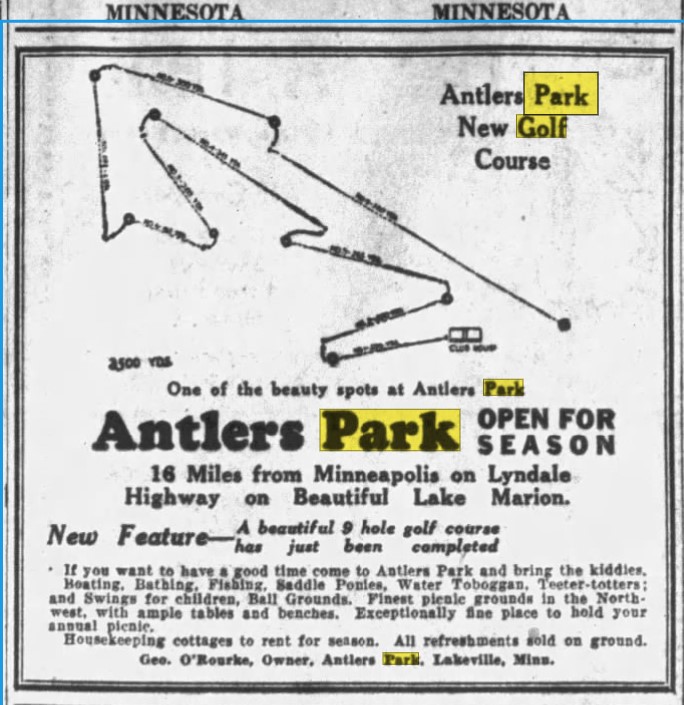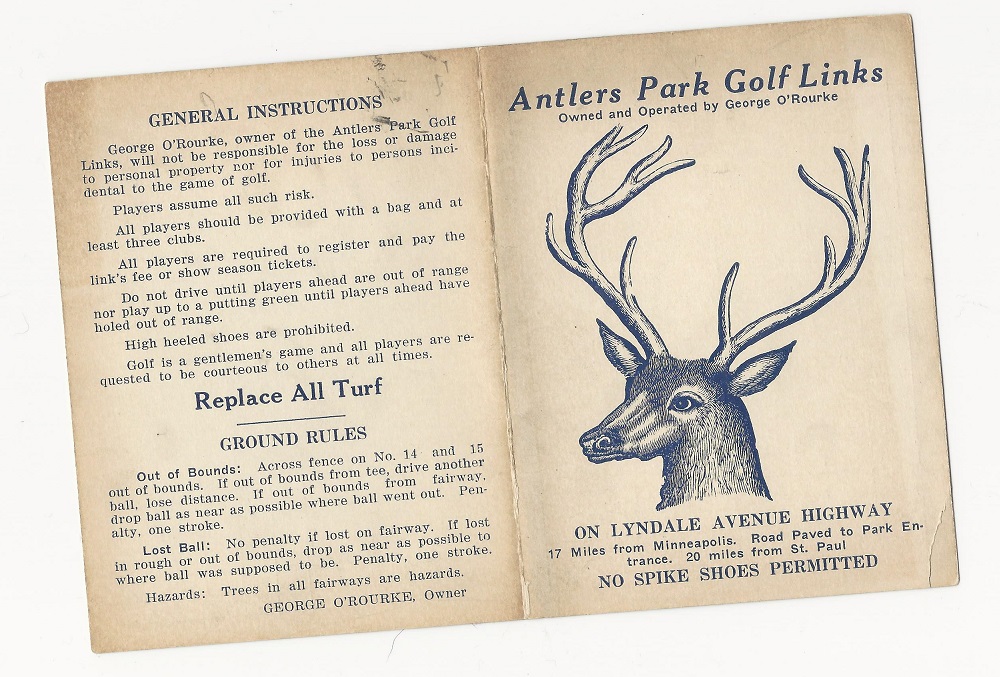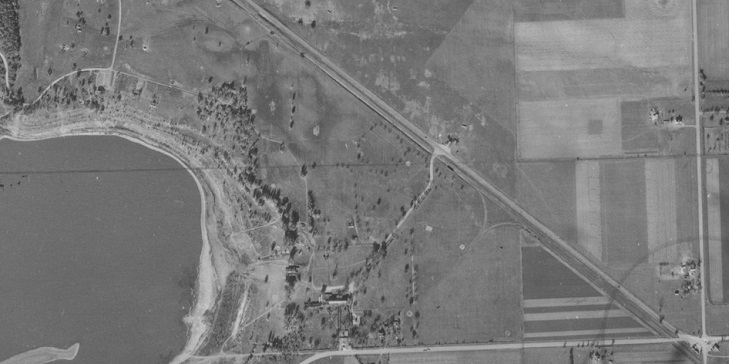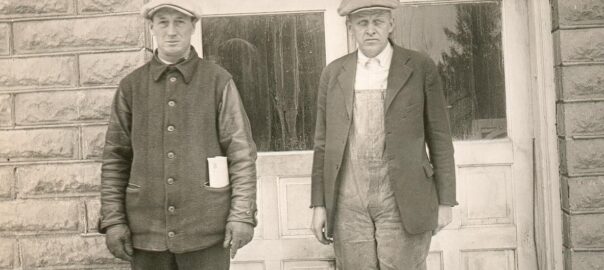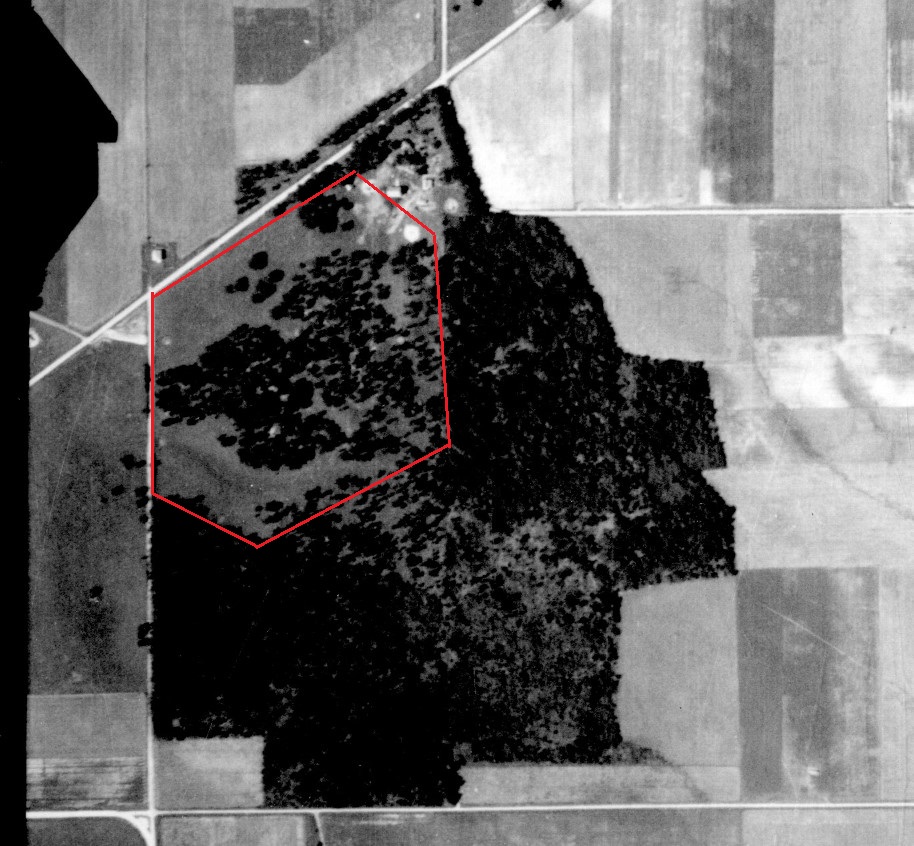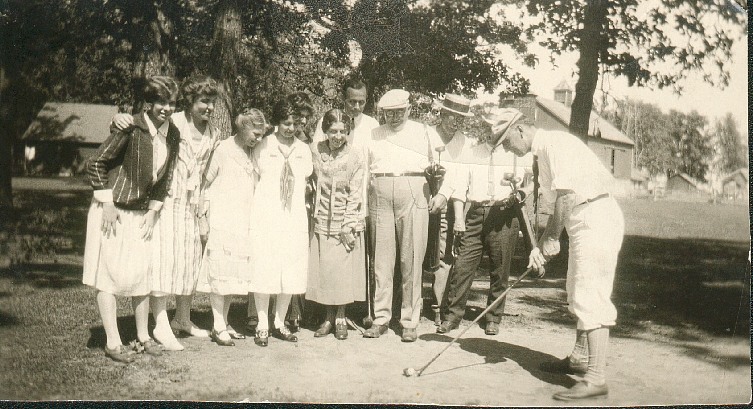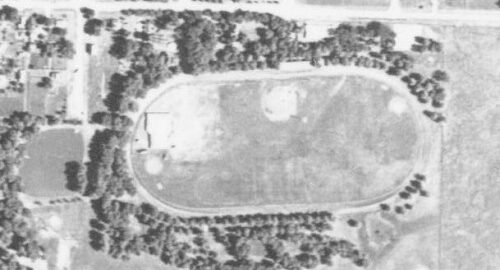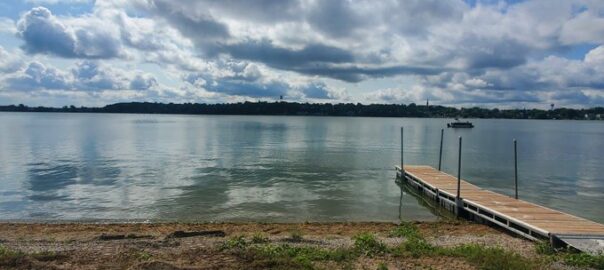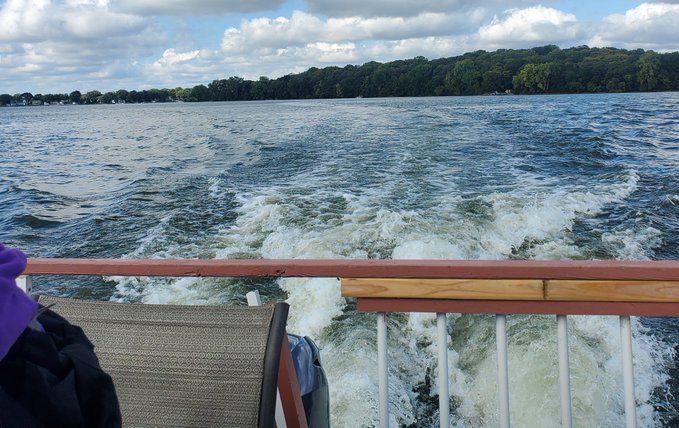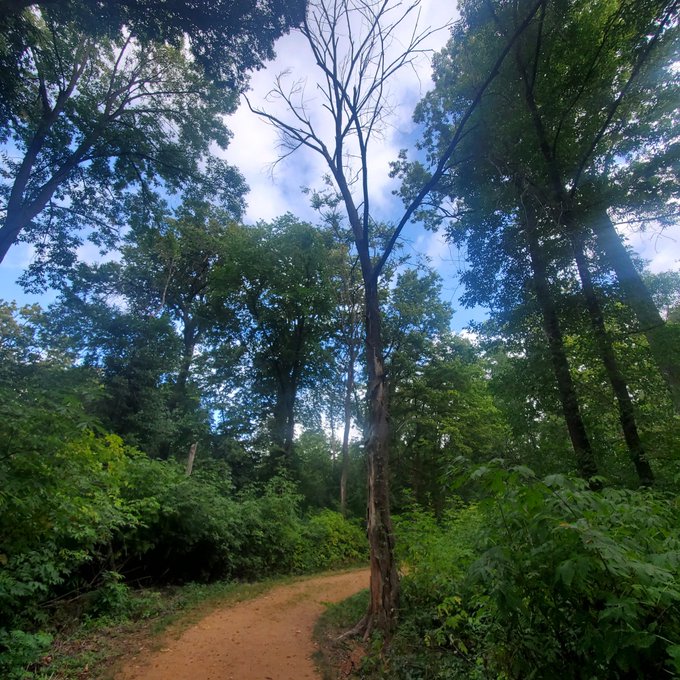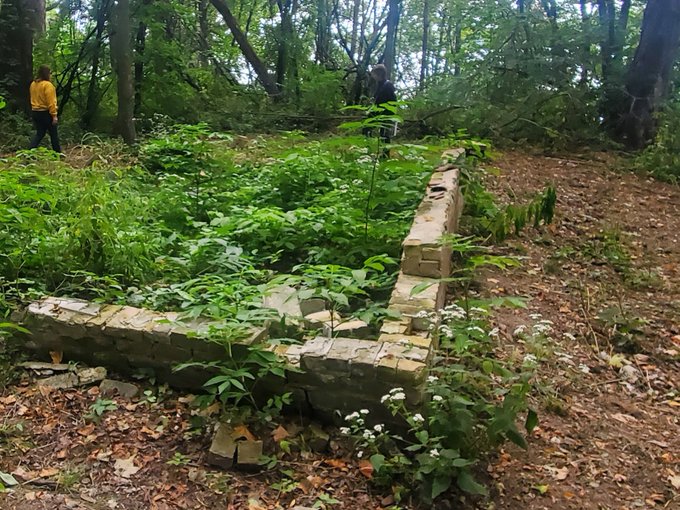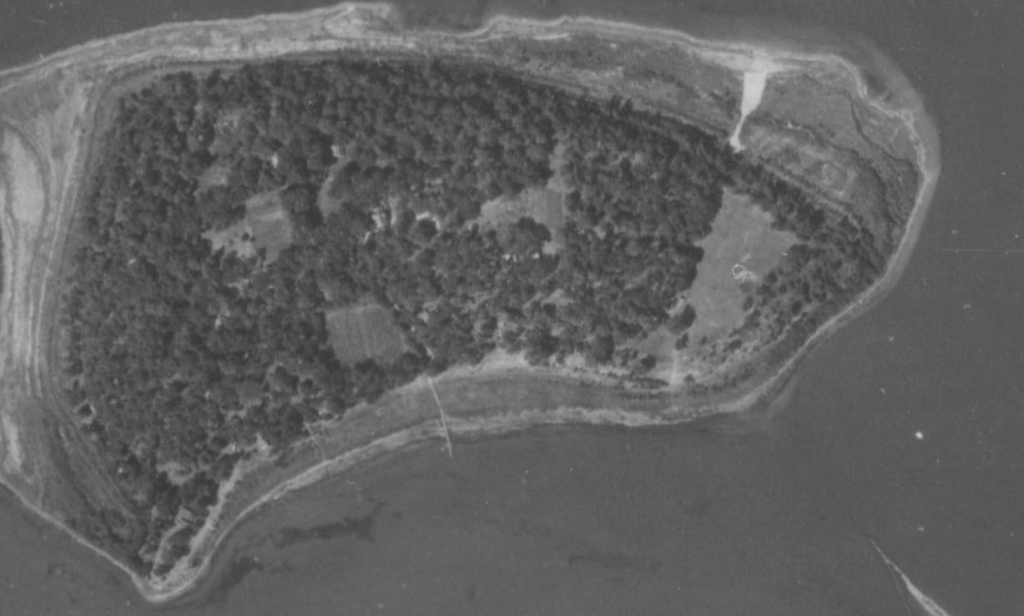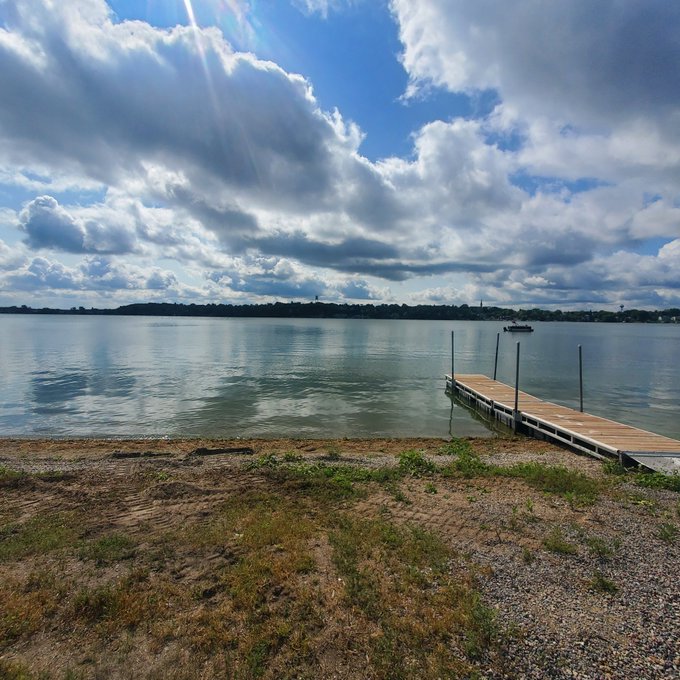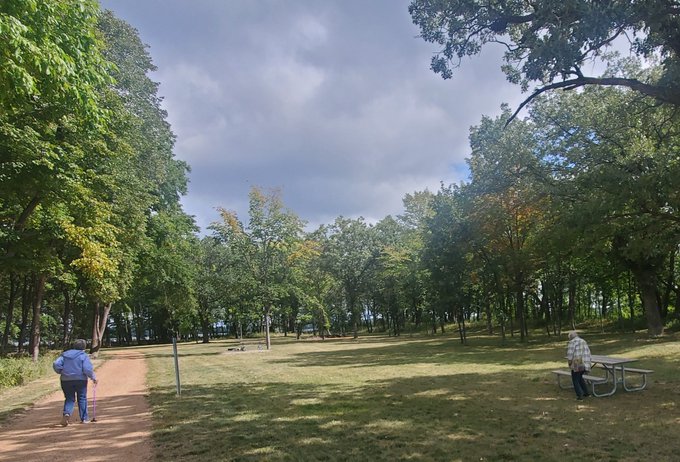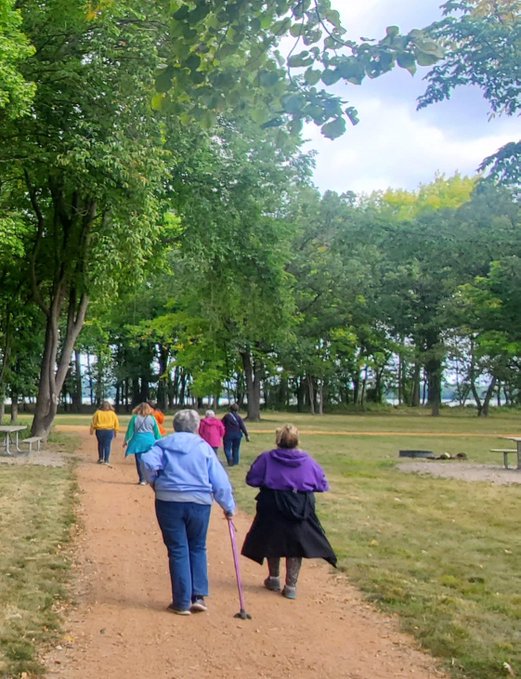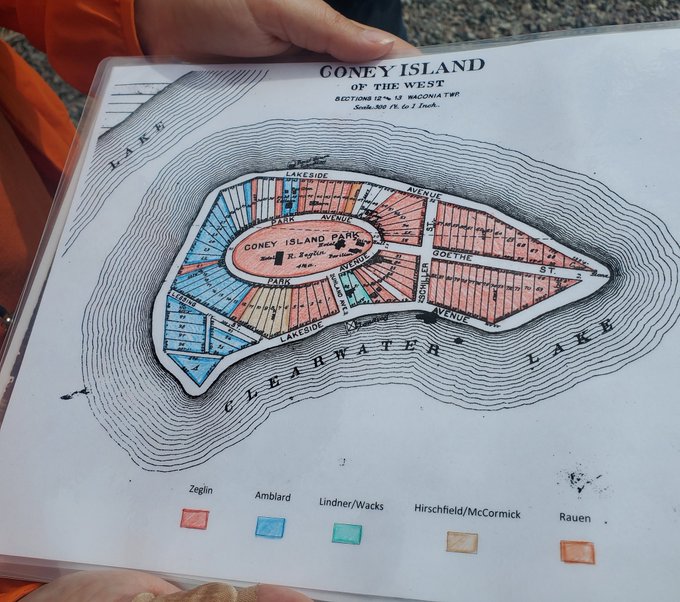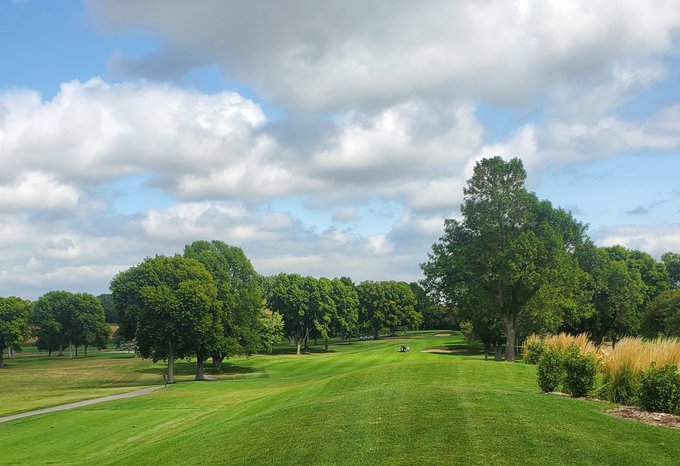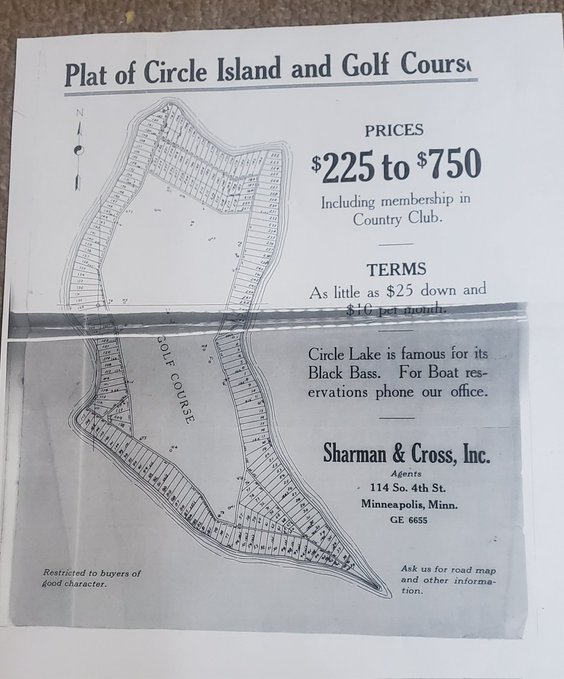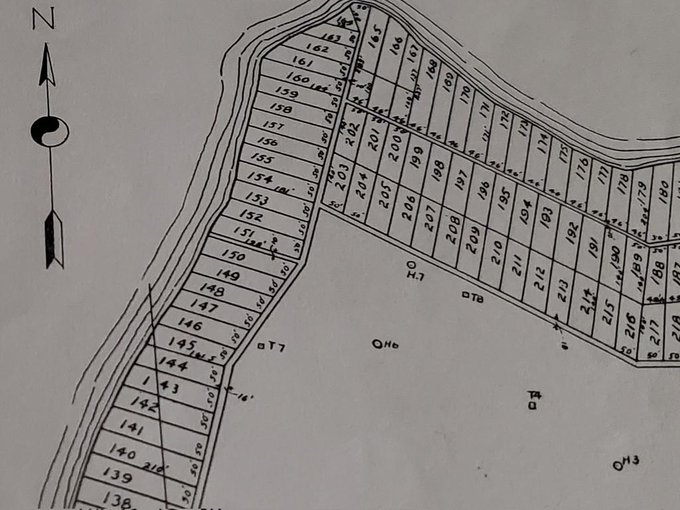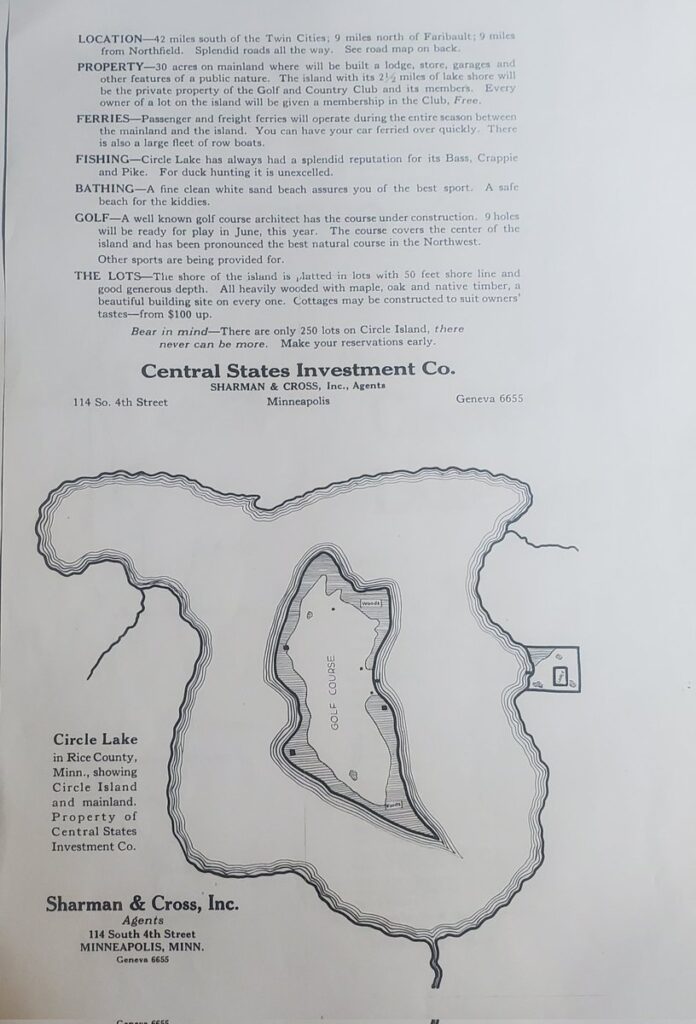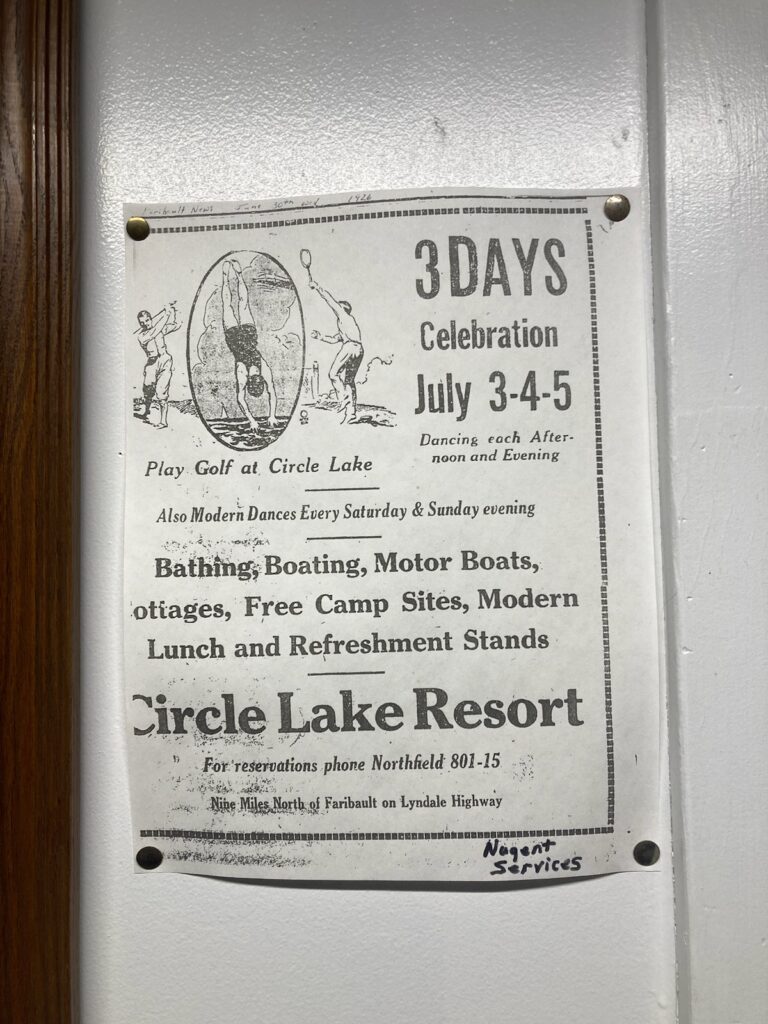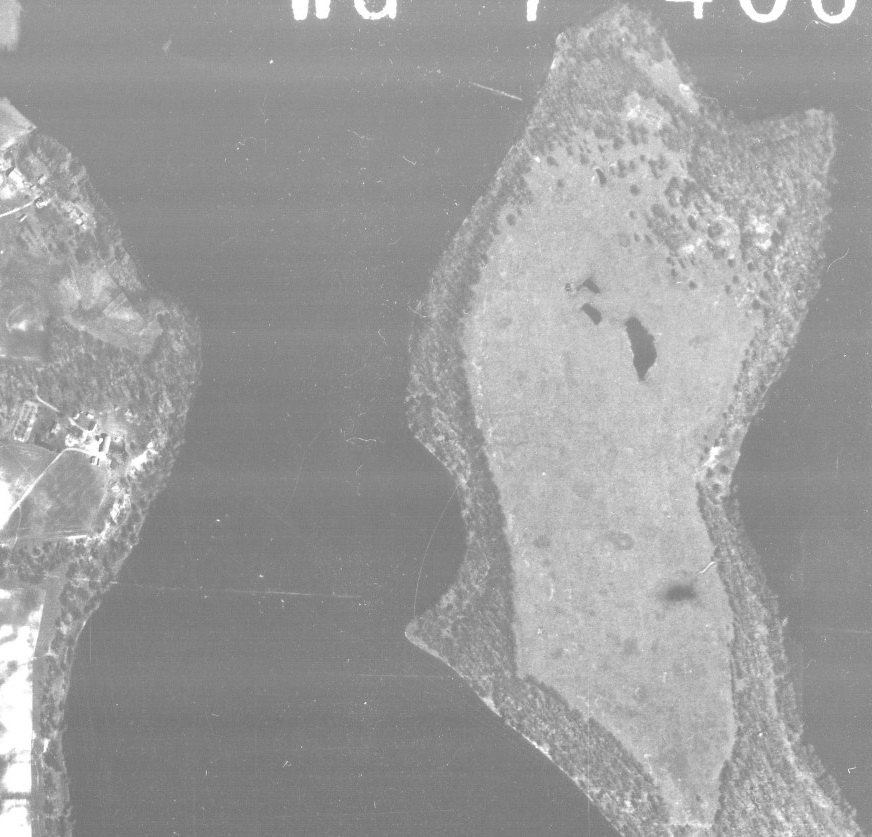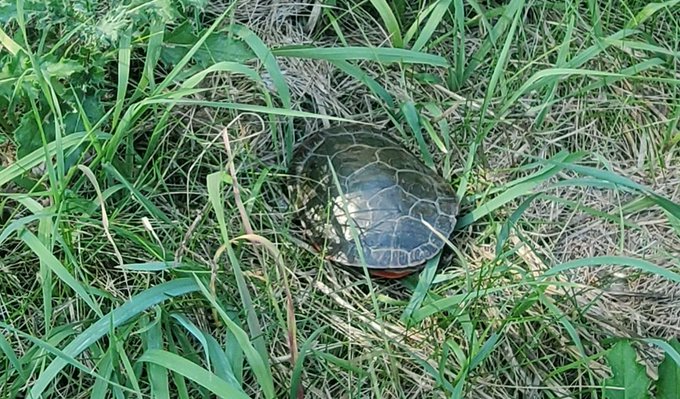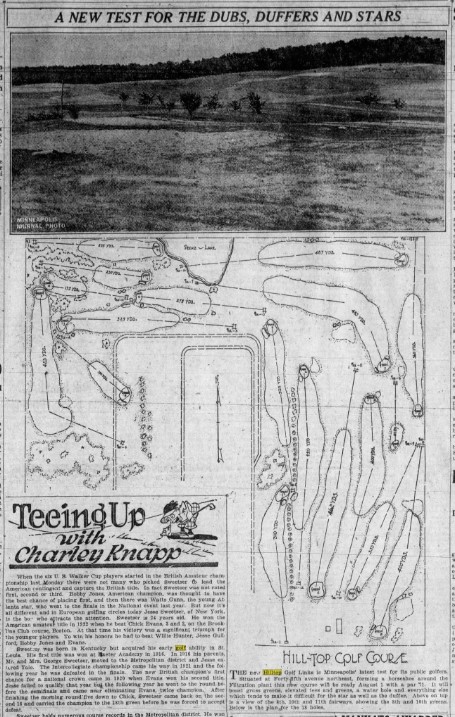
Months after Antlers Park Golf Links in Lakeville introduced itself in 1925 as one of Minnesota’s first publicly owned, daily-fee golf courses, a venue at the opposite end of the Twin Cities metro followed suit with an introduction of its own.
It came with considerable fanfare. The Minneapolis Journal of May 30, 1926, did the honors.
“The new Hilltop Golf Links is Minneapolis’ latest test for its public golfers,” the newspaper reported in a short description of Hilltop Public Golf Links, an 18-hole layout under development in the northeastern quarter of Columbia Heights. Hilltop, a short article on the golf course reported, was to be “situated at Forty-fifth avenue northeast, forming a horseshoe around the (Minneapolis) filtration plant.” The story said the course would play to a par of 71, would have grass greens and would be ready for play by Aug. 1.
The Hilltop course was owned by M.J. Lamberton and designed by James A. Hunter, a golf architect of considerable repute — his designs also included The Country Club (now known as Edina Country Club).
The amount of newspaper space given to Hilltop’s development was astounding: a short story, a six-column-wide photo of the course under construction, and a six-column-wide illustration of the routing, including bunkering, doglegs and a water hazard that required crossing off the 16th tee.
Those familiar with the area today might be captivated by taking a “98-year-old tour” of the Hilltop links, starting on lower ground at 45th Avenue Northeast and Chatham Road (near the “Hill-top” headline), rising and turning left at a 90-degree angle at what is now Fairway Drive Northeast, continuing west across part of the grounds of Columbia Heights elementary and high schools, turning north and then rising east alongside the southern boundary of what is now Kordiak Park, meeting its eastern boundary at what is now Stinson Avenue, then sweeping back down toward the clubhouse, with views of downtown Minneapolis (less obstructed then than now) six miles to the southwest.
The photo was spectacular in its own right, frankly because it was so unspectacular. Allow that newspaper photography and production certainly was not what it is today, and that the course was still months away from being a finished product, but the photo still makes Hilltop-in-waiting look like something off the scrub prairie of Kansas or Nebraska.
Hilltop Public Golf Links is one of my four or five favorite Minnesota lost golf courses, given the history, the topography, and the rich details afforded to me a decade ago by the late Mike Rak, one of a handful of ace golfers (along with names like Latawiec, Lakotas and Ulrich) who plied the grounds until Hilltop closed for residential development in 1946. My first lost-course book, “Fore! Gone.” includes a substantial chapter on Hilltop.
Altogether, I find the place, and the Journal’s introduction of it, spectacular.
